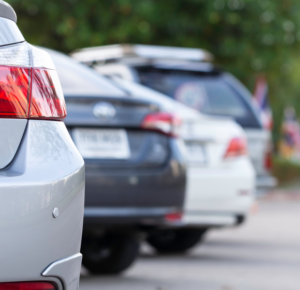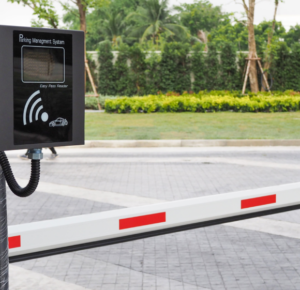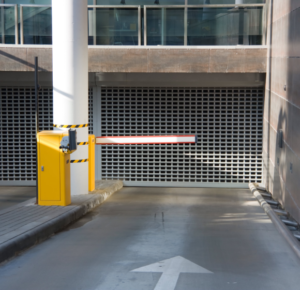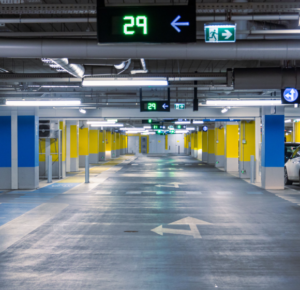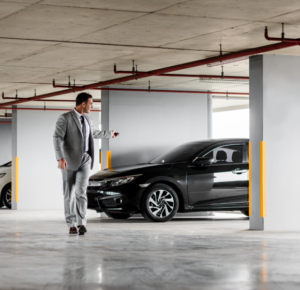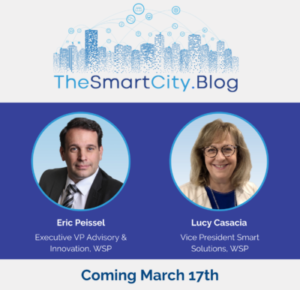The Connected Metropolis: A Glimpse into the Evolution of Smart Cities

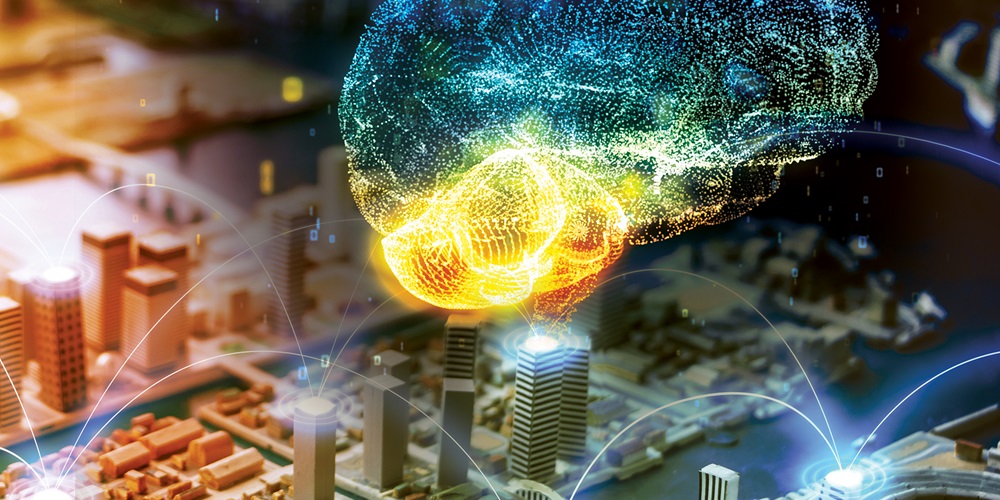
- June 2023
- Grant Furlane, LocoMobi World
In a world where “smart” has become the new norm, it’s no surprise that even our cities are getting in on the action. From smart stadiums to smart phones, smart TVs, and even smart fridges, technology is transforming the way we interact with our surroundings. But what exactly is a smart city? The answer is a constantly shifting one, as new innovations and ideas continue to shape and reshape the urban landscape.
At its core, a smart city is part of the evolving smart technology and innovation ecosystem. It involves the collection and analysis of large amounts of data from a variety of industries, such as urban planning and garbage collection. This requires a complex network of interconnected sensors, devices, and software that must be built and maintained to create a more sustainable and efficient environment for residents.
But creating a successful smart city is not a one-size-fits-all endeavor. Diverse societies exist and thrive by solving their unique problems in ways that align with their history, culture, and the ancient and modern technology they are familiar with and can access. As artificial intelligence continues to evolve and be applied to more social and economic functions, the idea and meaning of a smart city will be updated, much like how smart devices are drastically improved with advanced technology.
One of the closest universal understandings of a smart city was presented by CB Insights in an article published in December 2020. According to them, a city is considered “smart” when it can collect and analyze large amounts of data from a variety of industries. But what does it take for a city to succeed in this type of data collection and analysis?
First and foremost, a city needs technology that can handle big data. This includes the ability to collect and analyze large amounts of information from various sources, as well as the ability to store and process that data in a timely and efficient manner.
Second, community support in the form of public participation is crucial before and after the decision to go smart is made. This includes involving people living with disabilities as stakeholders, as they stand to benefit the most from everything a smart city has to offer in terms of accessibility, usability, and inclusion.
Third, government backing and resources are necessary to help integrate smart technology into city infrastructure for things like transport services, public health, road mapping systems, and urban planning. This includes providing funding for research and development, as well as creating policies and regulations that support the implementation of smart technology.
Fourth, legal and policy frameworks that consider data protection and privacy laws and regulations are essential. This includes laws and regulations that apply to citizens, foreign residents, and tourists who will be in the smart city at any given time. In addition, the issue of surveillance within the technology being used must be clearly defined and limited to only when it serves the greater public interest, such as during a pandemic where contact tracing is necessary.
Fifth, universal access to good internet and smartphone technology is necessary for members of the community. This includes providing high-speed internet access and technology training programs to ensure that all residents can benefit from the advancements of a smart city.
Sixth, availability of ethically obtained raw materials is necessary to build and sustain the technology and physical components of a smart city. This includes ensuring that the materials used to create the infrastructure and technology of a smart city are obtained through ethical means and do not harm the environment or local communities.
Seventh, a customer relationship management (CRM) system is necessary to handle all data and information about and relating to the people in the smart city at any given time.
With these seven things in place smart cities can really benefit an urban community. People will have easy and quick access to resources and information. Life will become more convenient.
In the bustling metropolis, data is the heartbeat that keeps the city alive and thriving. The information gathered from various sources, known as Big Data, can be used to update the infrastructure and technology of a smart city to meet the specific needs of different areas. Whether it’s increased security measures in one neighborhood or more organized parking systems in another, the data collected can help tailor solutions to the unique demands of the community.
One key area where data can play a crucial role is in transportation and traffic management. By connecting with real estate and even safety and security, smart city technology can revolutionize the way we move through the urban landscape. That’s where companies like LocoMobi come in. LocoMobi is a smart city technology company that specializes in managing transportation needs, such as parking within buildings. Their system makes the experience seamless, secure, and frictionless for clients, tenants, and management alike. Using artificial intelligence to read license plates and determine the purpose of a vehicle’s visit, the system can also direct visitors and delivery trucks to the correct location and manage parking times.
As CEO Grant Furlane explains in the first episode of the Welcome to the SmartCity.Blog Podcast Series, hosted by Alan Cross, LocoMobi World recognizes people’s living habits and tailors their services to meet the unique needs of each community. From parking and tolling, to transit and threat management, their technology is designed to make life in the city more efficient, smarter, and connected.
The podcast, now in its second season, continues to delve into the many facets of smart cities and the technology that powers them, with the help of invited experts. From discussing the latest advancements to exploring the challenges facing smart cities today, the Welcome to the SmartCity.Blog Podcast Series is a wealth of information for anyone interested in the future of urban living.
Recent posts

